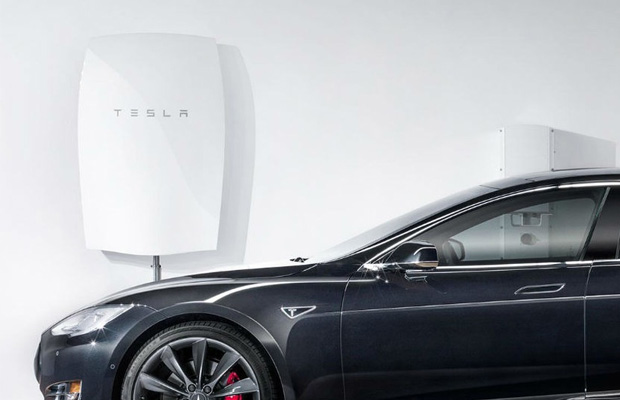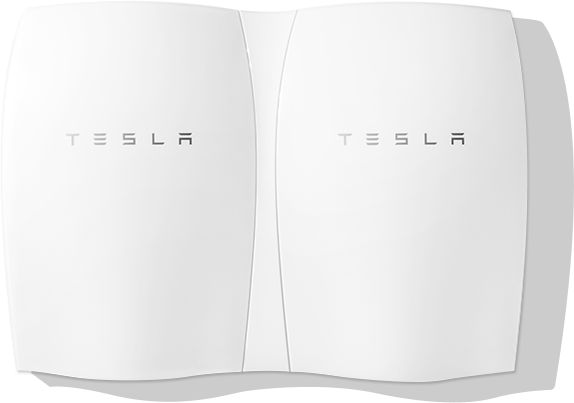The Killer Feature Of Tesla’s Powerwall Is The Price

If you’re not closely following the world of renewable energy, Tesla’s big announcement Thursday might have been a bit of a letdown.
In the simplest of terms, Tesla Powerwall is a big battery. You mount it on your wall, and you have power even when power fails (which, in most Western countries, is rare). Weren’t there similar products like that before? Don’t most people with solar-powered homes already have an energy storage solution? And is Tesla’s Powerwall really worth $3,500 for a 10 kilowatt-hour (kWh) model)?
The answers are yes, yes and yes.
It’s true: Anyone who’s powering their home with a renewable energy source — most likely solar energy — has likely already been offered a product like the Powerwall before. Companies like Aquion Energy and Primus Power offer their own batteries for homes and businesses.
Even SolarCity, where Musk sits as Chairman, offered Tesla-built batteries to residential customers months before this new announcement. However, to date SolarCity has focused that product mainly on the California market, where demand for solar energy is strong as regulations require the state to cut planet-warming greenhouse gas emissions.
But where Musk managed to surprise is the pricing — $3500 for 10kWh or $350 per kWh. The price doesn’t include installation or a DC/AC inverter (though solar panel owners likely already have one), but it’s still amazingly low. For comparison, Primus Power’s 250 kW flow batteries cost $500 per kWh, roughly the same as Aquion’s saltwater energy storage solutions. For a broader picture, a Moody’s report from January 2015 estimates that “the capital cost of batteries today is closer to $500-600/kilowatt-hour (kWh).”
Before Thursday’s announcement, several analysts predicted the possible price for Tesla’s home battery. They missed by quite a large margin — investment analyst Trip Chowdhry worked out that the price of a 10kWh battery might be around $13,000, and analyst Sam Jaffe estimatedthe pricing sweet spot for an energy-storage solution such as Tesla’s Powerwall to be between $500 and $1,000 per kWh (though his calculations included the cost of an inverter).
In fact, we’ve scoured all the predictions we could find, and no one thought the Powerwall is going to be this cheap.

Is it cheap enough for you? That’s another matter. The primary customers of Tesla’s new batteries will be homeowners that use renewable energy sources to power their home. Anyone that doesn’t have solar can consider a Powerwall as well — it can reduce your electricity bill by storing energy when it’s cheaper (typically during the night) and then pushing it back into the system during the day when it’s more expensive. You’ll have to do the math yourself — $3,500 (or $3,000 for a 7kWh model) is not cheap, but the price point is definitely low enough to make it worthwhile for many, even without subsidies.
The good news is that the Powerwall will get even cheaper. When production moves into Tesla’s Gigafactory in Nevada — which Musk said will happen next year — it’s likely the production price (and hopefully, end-user price) will drop. This Nature Climate Change study from Oct. 2014 shows how quickly the battery price has declined in recent years, and predicts a further drop for the future.
There’s another element of Tesla Powerwall that’s leaps and bounds ahead of the competition — design. Most home energy storage systems are quite unsightly, while Tesla’s home battery is something that you’d likely want to see on your wall. So even if the price and the performance were equal, Tesla would have a slight advantage over most competitors. As it turns out, that advantage will likely be much bigger.













 © 2024
© 2024
0 comments